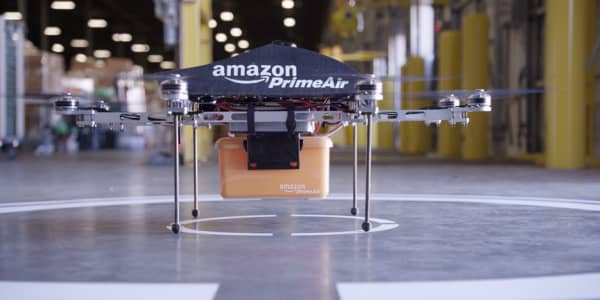While it’s hard to find hope in an oil spill, the lone upside of BP’s 2010 Gulf of Mexico disaster turned out to be the flood of new cleanup research it spurred.
“There’s a tremendous amount of work being done,” says Ken Lee, executive director of the Centre for Offshore Oil, Gas and Energy Research with Canada’s Department of Fisheries and Oceans.An oil spill veteran since the 1980s, Lee spent four months in the Gulf of Mexico after the BP spill at the request of the U.S. government. He says it spurred research that has “opened a whole new window” in cleanup.
In fact, the Coast Guard and Environmental Protection Agency received tens of thousands of submissions for new spill-killer products in 2010 after the BP disaster was on its way to becoming the nation's largest offshore spill.
Cleanup technologies range from “old school” booms and dispersants to cutting-edge absorbents and bio-remediation.
The most famous piece of new technology from the BP spill at Transocean’s Deepwater Horizon was actor Kevin Costner’s oil-skimming centrifuge, designed to spin oil out the contaminated water it collected.
The actor said he’d spent $16 million developing the skimmer, andspent $10 million deploying it in the 2010 spill.
Compare that to the cost of the workhorse of oil spill cleanup products, the “contractor boom” — typically composed of a foam-material float, a polypropylene skirt that can also bind oil, and a weighting chain that together contain the spread of oil — which can run $4-$10 per foot.
The Coast Guard later said Costner’s equipment couldn’t handle the weathered oil of the spill, and failed field tests.
Skimmers and oil separators can costs tens to hundreds of thousands of dollars, depending on their capacity and operating environment.
“The goal is still to get to the spill fast enough to get the oil off the surface,” says Leo Rimanic, managing director of oil spill tech firm Canadyne Technologies.
The bulk of oil collected in these spills — 90 percent, according to Rimanic — comes from first booming the spill to contain the oil for removal.
This stage includes using dispersants, or even fire, to destroy the oil, as well as various ship-borne and on-land hardware to remove the oil from collected water.
But it’s that last 10 percent that’s the most expensive, and this final stage requires the use of more absorbents or biotech solutions to get at oil trapped in sensitive shoreline ecosystems.
These products can be eight to 10 times more expensive per amount of oil removed, and getting oil cleanup firms to spend money on a premium product like his has always been tough, says Glenn Rink, CEO of AbTech Industries.
Since cleanup companies get paid for the amount of time they work on the spill, Rink says they "prefer the billable hours,” although insurance firms like AIG are now pushing for cleanups to be faster and more complete.
That means having the right equipment at the right time, despite high upfront costs, because overall costs skyrocket once oil reaches land.
According to data from research group Oil Spill Intelligence Report, cleaning up spills that never reach shore can cost over $3,000 per metric ton of oil.
A look at three of the worst peacetime oil spills — the Ixtoc spill in the Gulf in 1979, the Exxon Valdez spill in 1989, and the BP spill — shows how the amount of oil is less important than where it’s spilled.
Exxon's Valdez ran aground in the Prince William Sound off Alaska in March 1989, spilling some 750,000 barrels of oil near the shoreline in a cold weather environment.
A cold weather environment makes a clean-up more difficult; booming the spill can take too long and wave action on beaches and coasts breaks up the oil, which exists in a stickier state.
The far-larger 1979 Ixtoc spill in the Gulf of Mexico and the BP one are more comparable to each other, not just in location, cause and distance from shore, but in the prominent use of controversial chemical dispersants, like Ecolab's Nalco Corexit family of chemicals.
One big difference, says Canada's Lee, is that the dispersants used in 2010 were much less toxic, even if they weren't "benign" for the environment.
Lee, whose research has focused on bioremediation technologies, using hydrocarbon-consuming bacteria and other biological methods to restore contaminated waterways, beaches and wetlands, says that letting “nature do its thing” could be the latest — and cheapest — approach.
He says the BP spill proved that bacteria, fungi and other organisms found in nature may hold the best techniques for tackling spills.
According to various firms providing bioremediation approaches to oil cleanup, the cost can be up to 80 percent less, since less human labor is needed.
“The gulf recovered much faster than previously thought possible,” says Lee, about the aftermath of Deepwater Horizon.
With all these new advances, from mechanical improvements to biotech solutions, and with oil exploration moving into new environments, the future of the oil spill clean-up business looks busy.
Says Canadyne’s Riminic, "It’s still a little Wild West.”




